Last month of July, we looked at whether Google could be a force for the disintermediation of the airline industry. Or, more accurately, a force for the next round of the disintermediation of the airline industry.That is an interesting question, but Google is not letting the grass grow beneath its feet waiting for an answer. Did you notice that Google has announced that it was taking over the management of Moffet Federal Airfield from NASA?
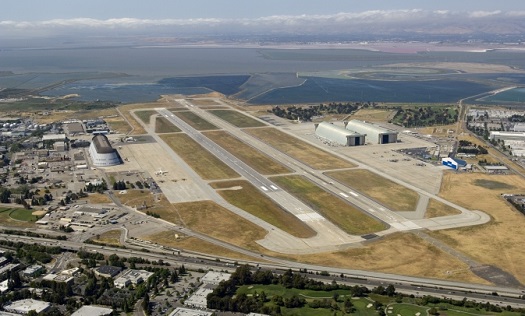
Unless you are a particularly paranoid airport operator that may not sound like a big deal. Disintermediating airports one airport at a time sounds like a long-term project. Anyway, Google’s corporate jet fleet is based there. So, just a cost control measure?
Maybe not. Moffet was once, in the 1930s, the home of a nascent US dirigible industry. A series of unfortunate accidents put that concept to rest. Nevertheless, Moffet has a remarkable hanger; huge, even by today’s standards, built for airships. It is 60 metres high, and in desperate need of renovation. Renovating a landmark building is not a traditional cost-control measure.
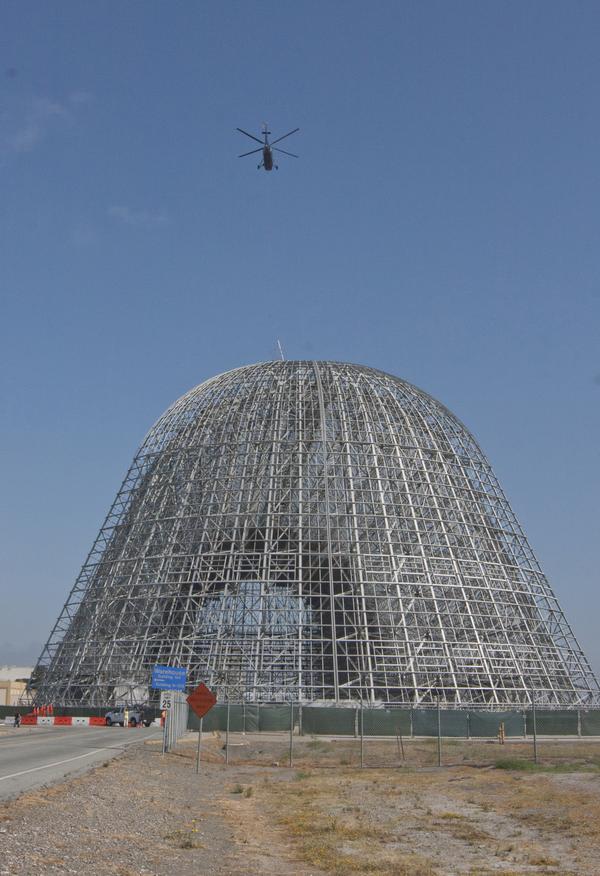
So what? And, what has this got to do with Google’s drive to disintermediate? Good questions. Sometimes, it helps to look at straws in the wind – or in this case, balloons in the wind. The arm of Google that has agreed to renovate the air field is Google Planetary Ventures LLC. Not your traditional name for the air wing of a big company with executive jets.
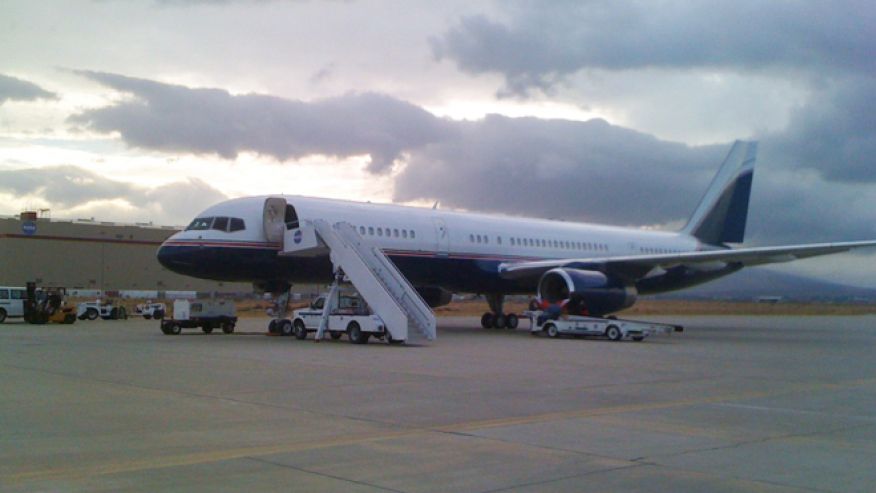
Meanwhile, across the Pacific Ocean, off the coast of Christchurch in New Zealand, Google has also been busy. Across the southern hemisphere summer it launched balloons that provided internet coverage from flight level 500, not less than 50,000 feet above sea level. They were launched from New Zealand and tracked as they moved eastwards across the Pacific. One made it at least to Chilean airspace. The plan is to provide a constant stream of internet-beaming balloons bringing communications to the communication-less and wireless to the wired.
The project is known as Project Loon – which sounds strange, given that the name the project using is a Canadian duck type to describe an experiment in New Zealand. But then again, maybe not. The current leading contender for the disintermediation of at least some parts of the Air Navigation Service Provider’s (ANSP) monopoly, the provision of Communications, Navigation and Surveillance (CNS) is the Canadian ANSP. NavCanada, has invested in Aireon, an Iridium low earth satellite service that will provide ADS-B services. Maybe there is method in Google’s naming zaniness. Others, including the Danish, Irish and the Italian ANSPs have invested alongside NavCanada.
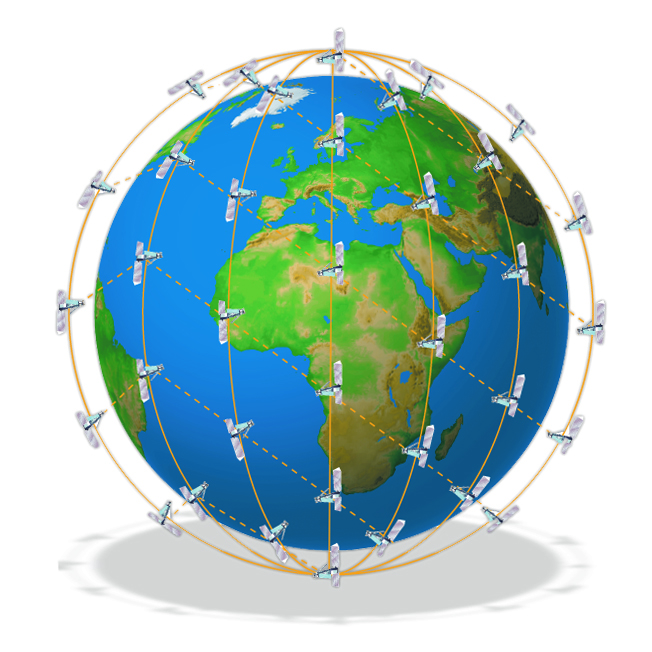
CNS is ripe for disintermediation. As the MH370 tragedy showed, it is also increasingly out-of-date and unable to deliver even basic services the travelling public and the airlines require in this day and age. We now know that entire parts of the globe, including much of the oceanic airspace, would improve considerably with a service such as Aireon. Safety would increase and aircraft would get closer to being able to optimise their separation. Aireon looks like an interesting bet on how to make that happen.
Nevertheless, it will also require a constellation of low-earth orbit satellites. None are currently floating above us. Project Loon may sound like something out of the 1930s, or perhaps the 3030s, but the cost of a constellation of balloons will be measured in fractions of the hundred millions of the cost of a constellation of satellites.
In the shadow of the MH370 incident, everyone wanted to talk about continuous real-time data streaming. This is ironic, as for some time, only the International Telecommunications Union had wanted to talk about it. Even then,that conversation was in the context of complex, spectrum-sharing discussions with other potential commercial usersprepared to pay for access to satellite capacity bands. Currently, aviation has the benefit of a number of ‘safety of life’ bands, at no cost, but on very strict conditions.
The band cannot be exploited for commercial use. ACARS for example, is not in the safety of life band. Providers of airline passenger services, as opposed to ATN services, have to fight for spectrum capacity alongside other, better resourced, competitors. There is a lot of activity going on in the commercial bands. There is even a race developing between satellite systems capable of offering monitoring and tracking services to aviation. But to be clear, that will not fly if it is designated safety of life.

If ICAO insists on using that band to provide the tracking service it is talking about, the rapidly growing passenger cabin Wi-Fi connectivity, and the currently existing ACARS connectivity cannot be used as the backbone of basic tracking systems.
In fact, there are good reasons for the airlines to play for time and allow events to unfold. Competition is starting to arrive. Costs might just go down rather quickly, and not just for this new service. Did you notice as the weeks unfolded after MH370, Inmarsat, sensing that its comfortable monopoly on oceanic communications was under threat, suddenly dropped the charge for tracking to the easy to understand one dollar per hour, using its ACARS platform.
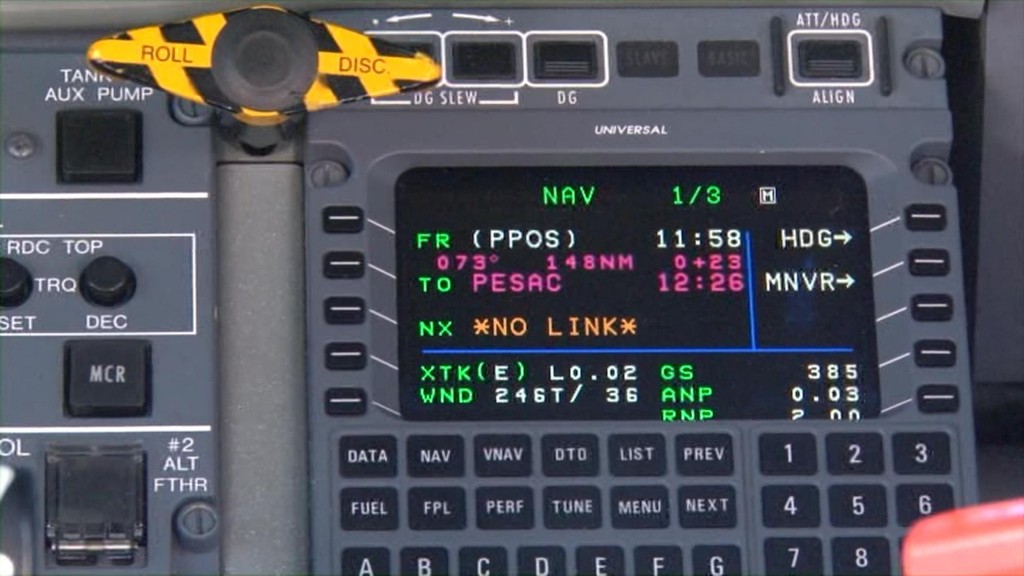
Two Canadian companies, Flyht Aerospace Solutions, with an in-flight reporting system currently used by more than 400 aircraft, and Star Navigation, awaiting certification, are in the wings. Also, do not forget Proba V. This is a single satellite orbiting on a polar track higher than Iridium’s but below the geo-stationary Inmarsat constellation. It was launched to map vegetation but it has capacity for other payloads. Its operator, SES TechCom is building a data-processing centre. It may as well be put to use.
Which brings us back to Project Loon. After playing with balloons, Google has purchased Titan Aerospace, a company that makes high altitude drones, as well as Deepmind, an ominously named data analysis system. This might just be Google’s brains trust finding cool-stuff-that-tech-geeks-like. Even so, it is interesting that Facebook purchased Ascenta, which designs solar powered high altitude drones, in the same few weeks. There is clearly a pattern here. Big sums of money are now in play, and the players have deep pockets.
None of these systems has any dreams of being in the Safety of Life band, and currently none communicate with the ANSPs. They do not provide ATM services but could provide surveillance and communications as outsourced providers for ANSPs without too much bother. Which is why Iridium’s creation of Aireon, and the addition of ADS-B transponders to provide such a service to their next generation of satellite are so interesting, and may prove pivotal. Aireon does talk to ANSPs. It is part-owned by ANSPs.
Satellite service footprints do not respect national borders;ANSPs most certainly do. Theentire ANSP business model is based on national boundaries. This ‘high-altitude surveillance’ nonsense cuts directly across their service offering.
Google and Facebook have taken a step into fully-funded self-sufficient ubiquitous surveillance. The current buying spree from Google and Facebook – can Apple and Twitter be far behind? – might soon focus on ADS-B as a revenue stream. It is the obvious bridge between where we are and where we will be. At that point, Aireon’s shareholders are sitting in the right place at the right time.
If the new players follow the traditional Google business model,surveillance will be free to the users. That will shake things up. It is also not impossible to imagine that it will exploit the existing intelligence it has about the users to add value across the airlines’ networks. Given that Google is starting to obtain airline schedules, it might also add network predictability to the communications and processing it currently provides to the airlines. At that point it will break the monopoly on ground-based ANSPs. It is no wonder ICAO’s members are fighting back.
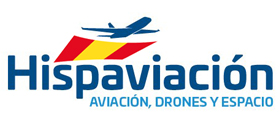 Hispaviación Noticias de Aviación, UAS, Espacio, aviación comercial, Rpas
Hispaviación Noticias de Aviación, UAS, Espacio, aviación comercial, Rpas
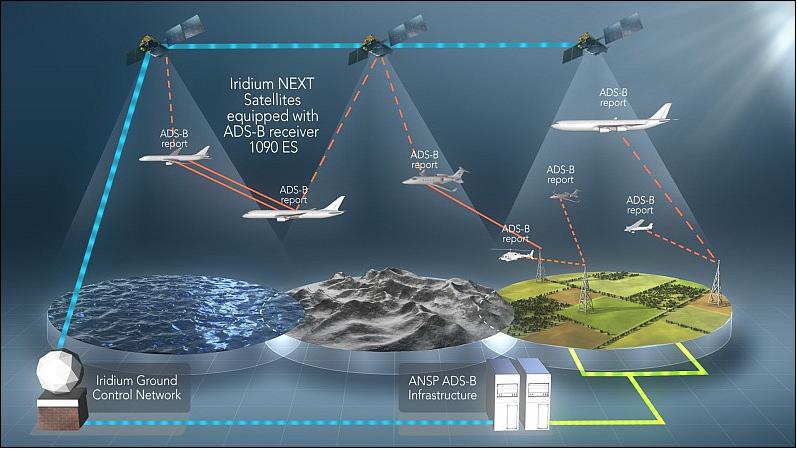
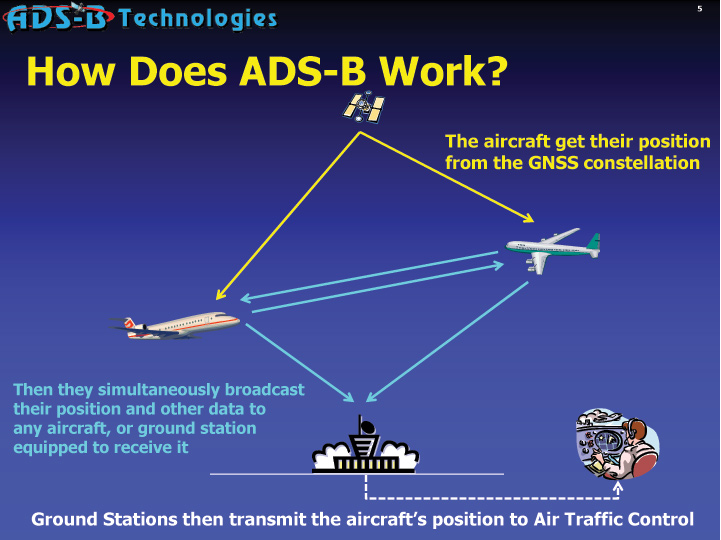


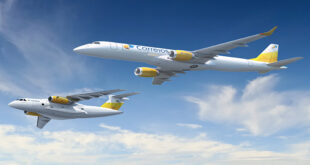


Un comentario
Pingback: Google y la aviación: ¿Sólo palabrerías o un futuro escenario?